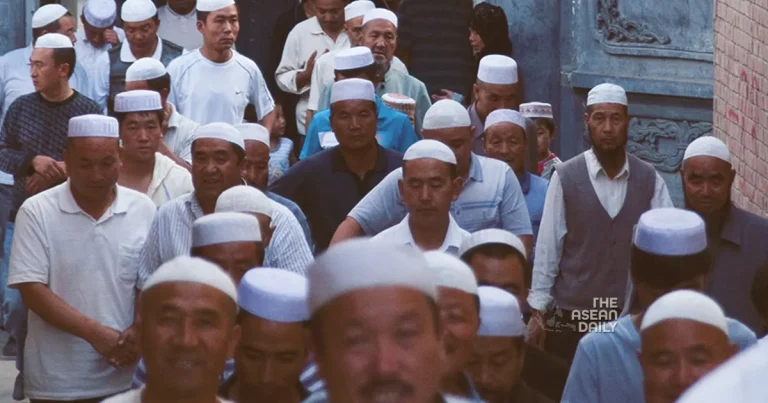22-11-2023 (BEIJING) The Chinese government’s controversial campaign of closing mosques, previously concentrated in Xinjiang, has expanded to include regions such as Ningxia and Gansu, according to a report released by Human Rights Watch on Wednesday.
Officially termed as “consolidation,” the process involves shutting down mosques in the northern Ningxia region and Gansu province, where sizable Hui Muslim populations reside. The report, drawing on public documents, witness testimonies, and satellite images, reveals that authorities are also altering the architectural features of mosques to align them more closely with Chinese aesthetics. This move is part of the Communist Party’s broader strategy to assert control over religious institutions and mitigate potential challenges to its authority.
President Xi Jinping initiated the crackdown on religion in 2016, calling for the “Sinicization” of religions. While the focus has predominantly been on Xinjiang, home to over 11 million Uyghurs and other Muslim minorities, the latest findings indicate an alarming expansion of these measures to other regions.
A United Nations report from the previous year implicated China in potential “crimes against humanity” in Xinjiang, citing the construction of extrajudicial internment camps that may have detained more than a million Uyghurs, Huis, Kazakhs, and Kyrgyz individuals.
Human Rights Watch contends that Chinese authorities have decommissioned, closed, demolished, or repurposed mosques in areas outside Xinjiang, intensifying their efforts to suppress religious expression.
The Chinese Foreign Ministry has not responded to inquiries regarding the report or the government’s stance towards Muslim minorities.
The term “mosque consolidation” first surfaced in an internal party document leaked in 2018, instructing state agencies across the country to standardize the management of Islamic religious venues. The directive emphasized restricting the construction of new Islamic venues to reduce the overall number of mosques.
Human Rights Watch argues that the Chinese government’s actions go beyond consolidation and violate religious freedom. Maya Wang, acting China director at Human Rights Watch, asserts, “The Chinese government’s closure, destruction, and repurposing of mosques is part of a systematic effort to curb the practice of Islam in China.”
In Ningxia’s Liaoqiao and Chuankou villages, authorities reportedly dismantled the domes and minarets of all seven mosques, and razed the main buildings of three between 2019 and 2021. Satellite imagery corroborated these claims, but independent verification remains elusive.
A March 2018 document from the government of Yinchuan, Ningxia’s capital, referenced the policy of consolidating mosques, emphasizing strict control over the number and scale of religious venues and promoting the adoption of Chinese architectural styles.
Gansu province has also witnessed local governments detailing efforts to consolidate mosques. In Guanghe County, where the Hui population predominates, authorities in 2020 canceled the registration of 12 mosques, closed down five, and improved and consolidated another five, according to government records cited in the Human Rights Watch report.
Reports of mosque closures or alterations in other parts of the country have surfaced sporadically, with public backlash occasionally accompanying these actions. In May, protests erupted in Nagu town, southern Yunnan province, over the planned demolition of a mosque’s dome, resulting in clashes with the police.




